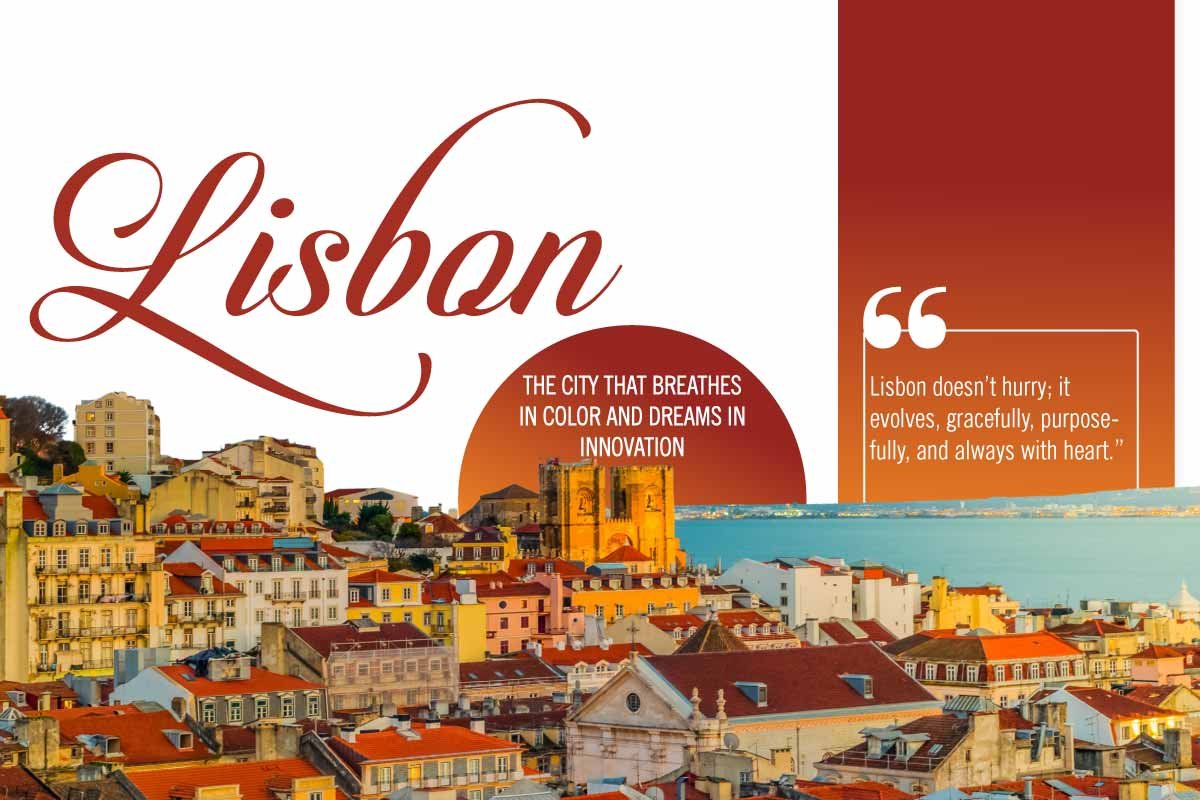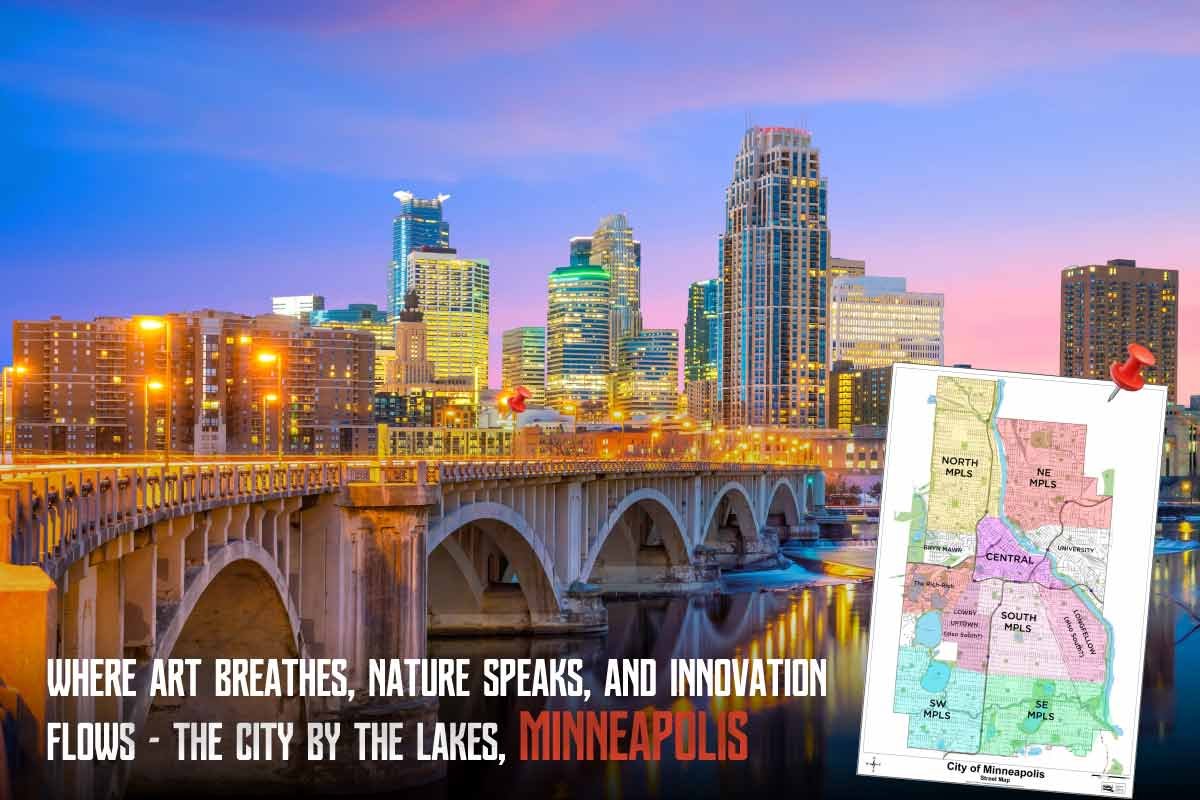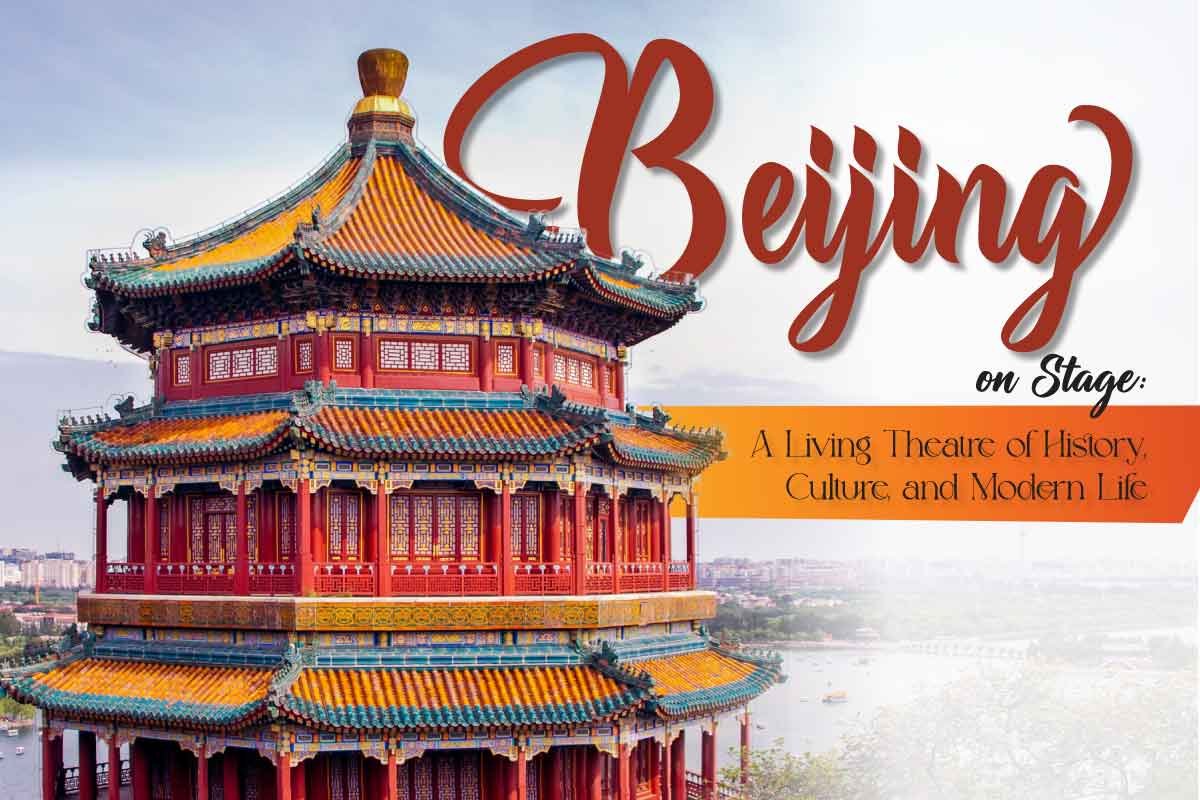(Credit-Unsplash)
Tasmania, an island state of Australia, is located 240 kilometers to the south of the Australian mainland. It is separated by the Bass Strait, with the archipelago, containing the southernmost part of the country. It accommodates the surrounding 1000 islands and is the 26th largest island in the world. It is Australia’s least populated state with a population of 5,69,825 residents as of December 2021. It constitutes a southern extension of the Great Dividing Range. The state owes its name to the Dutch explorer-navigator Abel Janszoon Tasman, who became the first European to discover the island in 1642.
Till 1856, the island was known as Van Diemen’s Land, named for Anthony Van Diemen, the governor of the Dutch East Indies who had sent Tasman on his voyage of exploration. An alternative settlement was established by Capt. David Collins at a distance of 5 km to the south in 1804 in Sullivans Cove to the western side of Derwent, where the freshwater is available in abundance. This settlement became known as Hobart Town, later shortened as Hobart, which was named after the British Colonial Secretary of that time Lord Hobart.
At least, one-fifth of Tasmania is a World Heritage Area. The area which covers 1.58 million hectares includes national parks, marine, and forest reserves. So it is safe to say that 20% of it is a World Heritage Area that extends far South to the Cradle Mountain in the west. Many of the remote destinations that are untouched or unspoiled are accessible only by foot.
Culture:
Shell stringing is a cultural practice in Tasmania. It comprises collecting, preparing, and stringing shells to make necklaces and bracelets by Tasmanian Aboriginal women. This skill and knowledge is passed from mothers to grandmothers to their daughters and granddaughters. It helps to maintain an important link between traditional and contemporary Aboriginal life.
Neckace-making is one of the most significant cultural traditions of Tasmanian Aboriginal women. A tradition as ancient as it has continued without interruption before the European colonization in 1803. Whereas colonization disrupted or destroyed so much of its Aboriginal life and heritage, necklace-making has not only continued but evolved.
Famous foods:
Tasmania is famous for its foods and fresh produce too. The high-quality food and wine are literally at your doorstep when you’re there. If you’re a food enthusiast and one who is excited about trying out new delicacies this is the perfect place for you. From scallop pies to wine and some of the best freshly shucked oysters, there is plenty to eat and drink. If you’re lucky enough to visit the aesthetic state of Tasmania, you cannot ignore the dishes and produce the island has to offer.
1. Wild abalone and lobster:

Tasmania is well-known for its marine life and great fishing. It is one of the world’s top suppliers of wild abalone and lobster. Apart from having the cleanest air in the world, it also enjoys the throne of the world’s last remaining unspoiled marine environments. Without a doubt, it is the wild abalone and lobster that thrive on Tassie’s coastline. This seafood is recognized as some of the best in the world.
2. Black truffles:
Ever since the first black truffle was discovered in northern Tasmania in 1999, the island has emerged as one of the bigger producers of this delicacy. France isn’t the only country known for truffles. The black truffles available here are also famous as much as in France. Detection of the same might be different, but the exposure is almost the same.
3. Farmed salmon:
The Atlantic Salmon is the salmon of choice for many chefs not just in Tassie, but around Australia and, indeed the rest of the world. The crystal clear and pollution-free water is just perfect for breeding top-quality salmon. The fact is that it’s rich in omega-3 fatty acids, vitamins and minerals. It means it tastes good, and is healthy for you too, a rare combo, isn’t it?
4. Premium fresh fruits and vegetables:
You will hardly find a better place for fresh fruits and vegetables anywhere else in the world. Whether you like to buy fresh fruits and vegetables from the supermarket, fresh farmers’ produce is a scene you can’t find anywhere else in the world. The perfect environment, ideal climate, and passionate farmers are some of the key reasons why the state is so loved for its amazing, fresh, and premium fruits and vegetables.
5. Leatherwood honey:
Leatherwood honey may not be as sweet as the other ones, but this is thick, creamy, and amber-yellow, with a unique flavor and pungency. The rainforests in the western part of the island enjoy plenty of rainfall. It results in the humongous growth of leatherwood trees, which give plenty of honey to produce in huge quantities.
Places to Visit in Tasmania:
The island has a whole lot of tourist attractions. Greenery, nature, and clean air are the highlights of the island state.
1. Tasman National Park:
Nature lovers will have a good time here, especially people who love solitude. An extremely good way to replenish your energy levels. This park protects the most incredible coastal scenery. The wind-lashed Tasman peninsula is 56 kilometers east of Hobart. You get to experience the raw beauty of nature here.
2. Three Capes Track:

This four-day, three-night hike, is suitable for all kinds of hikers, even children. It’s one of the best things to do in Tasmania, during the Spring season. Hard-core hikers can also bear the hiking during winter if they are dressed appropriately.
3. Cataract Gorge, Launceston:
A mere 15-minute leisurely walk along the river from Launceston’s city center, the wild and romantic Cataract Gorge is a deep chasm carved over many centuries by the South Esk River. Sharp walking paths, built in 1890 cut into the cliff face on both sides of the gorge, offering heart-stopping views of the river far below.
4. Salamanca place:
At, Salamanca place there are adoringly restored sandstone buildings, and is a tourist hub in the heart of Hobart’s historic waterfront. Built by convicts between 1835 and 1860, these beautiful Georgian buildings were once warehouses along the commercial center of old Hobart. Today, there are house art galleries, cafes, restaurants, shops, etc.
5. Bruny island:
The Bruny Island is a popular spot for a day trip from the city for foodies and nature buffs. The island lies across the D’Entrecasteaux Channel from the seaside town of Kettering. It’s famous for its flavorsome foods such as handmade chocolates, local berries, artisan cheeses, and succulent seafood.
Fascinating Facts about Tasmania
Here are some interesting facts about Tasmania that you probably didn’t know about.
- Tasmania is the world’s 26th largest island and it has the world’s cleanest air.
- It was first “discovered” on November 24, 1642, by Abel Tasman.
- More than 20% of the island is Tasmanian Wilderness World Heritage Area.
- Hobart is the capital city of Tasmania, the second driest capital city in Australia.
- It has the oldest trees in the world and has dense rainforests.


















